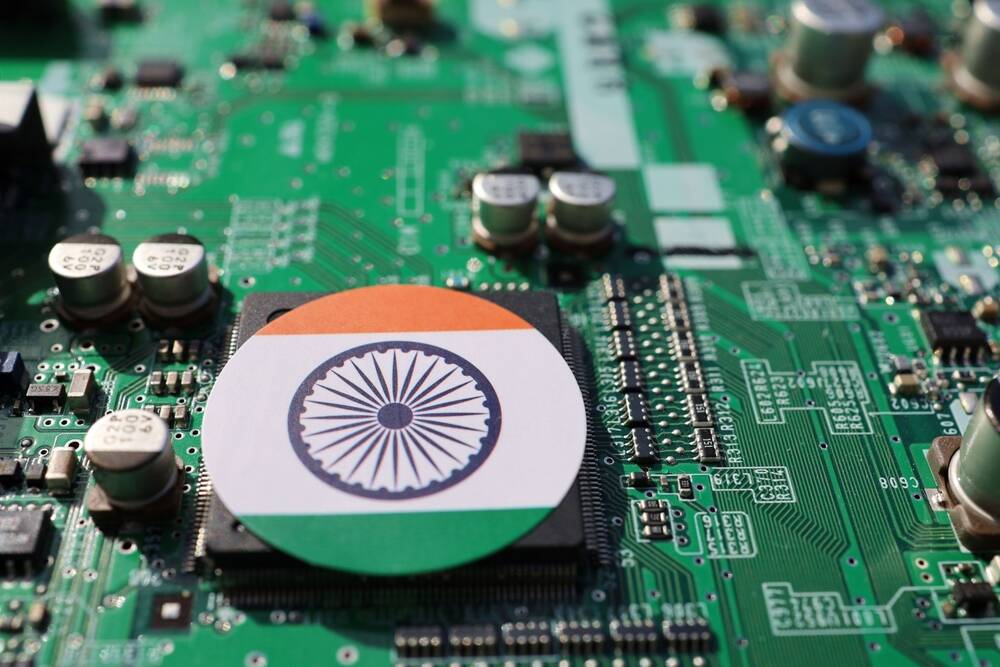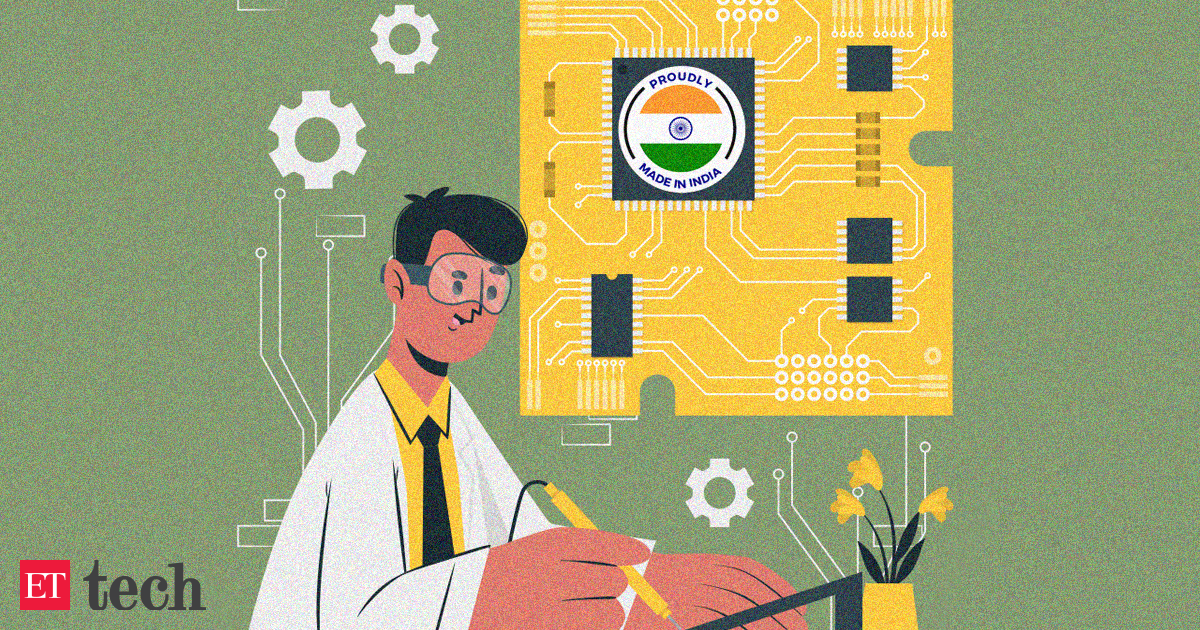Exciting news. The Rs 91,000-crore semiconductor fabrication unit in Dholera, a joint venture between Tata Electronics and PSMC, boasts a manufacturing capacity of up to 50,000 wafers per month.
Read more: https://www.moneycontrol.com/news/b...s-first-indigenous-chip-by-2026-12449531.html
What's your thoughts on this?
Related:
1. https://www.livemint.com/companies/...psmc-chairman-frank-huang-11710304771983.html
2. https://www.moneycontrol.com/news/t...oup-and-taiwans-psmc-in-dholera-12377111.html
3. https://www.moneycontrol.com/news/b...-chair-natarajan-chandrasekaran-12449981.html
4. https://www.theregister.com/2024/03/01/tata_powerchip_india_fab/
Read more: https://www.moneycontrol.com/news/b...s-first-indigenous-chip-by-2026-12449531.html
What's your thoughts on this?
Related:
1. https://www.livemint.com/companies/...psmc-chairman-frank-huang-11710304771983.html
2. https://www.moneycontrol.com/news/t...oup-and-taiwans-psmc-in-dholera-12377111.html
3. https://www.moneycontrol.com/news/b...-chair-natarajan-chandrasekaran-12449981.html
4. https://www.theregister.com/2024/03/01/tata_powerchip_india_fab/





